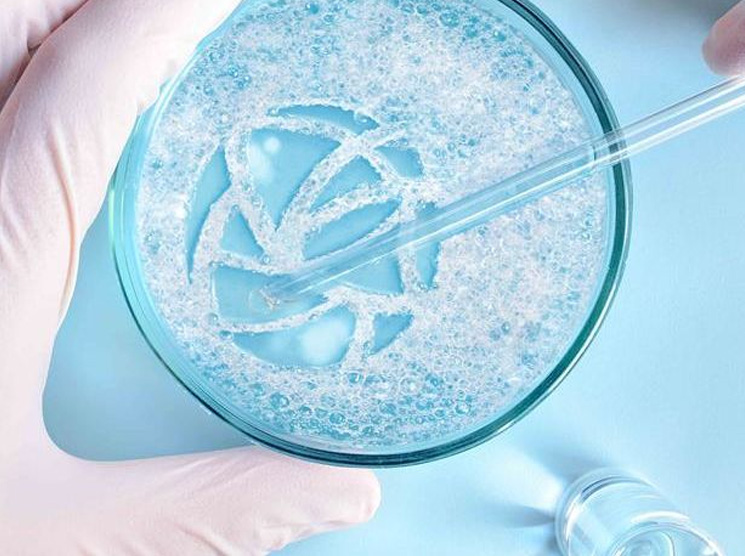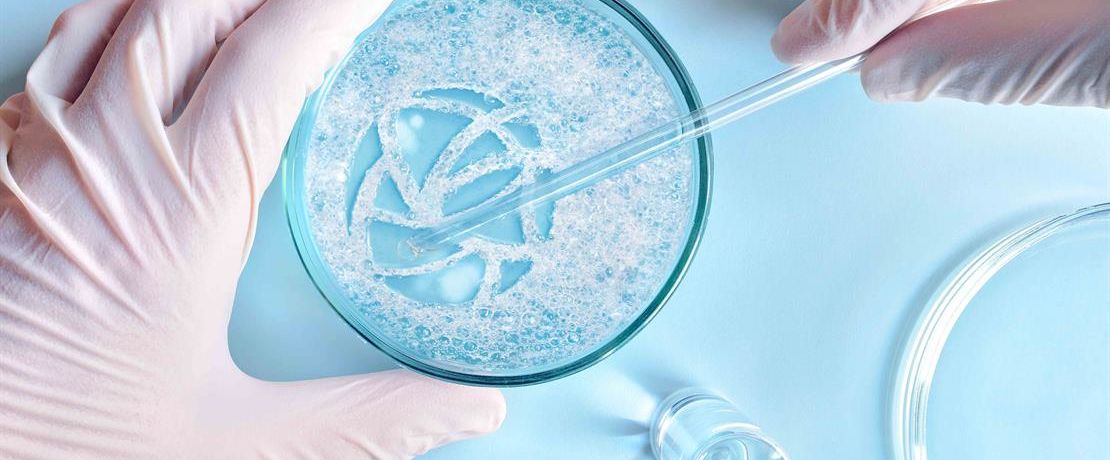The Future of Defoamers: Innovations and Trends in Foam Control Solutions
The Duty of Defoamers in Enhancing Product High Quality and Efficiency
Defoamers offer as vital additives that mitigate this concern, making sure smoother production process while enhancing the practical and visual features of the last products. The selection of the suitable defoamer can be critical to attaining ideal outcomes, elevating essential inquiries about solution compatibility and performance metrics that merit further exploration.
Understanding Defoamers
Recognizing the role of defoamers is essential for keeping product top quality across different industries. Defoamers are chemical additives made to avoid the development and minimize of foam in liquid systems, which can detrimentally impact processes such as mixing, filling up, and surface area tension. Frothing can bring about inadequacies, product issues, and jeopardized aesthetic appeal, making defoamers a vital part in making operations.
In industrial applications, defoamers assist to improve item uniformity and security. For example, in the paint and finishings market, foam can hinder the application procedure and the last coating. In food and beverage manufacturing, too much foam can prevent bottling and packaging efficiency. The reliable use defoamers not only ensures smoother production procedures yet additionally adds to premium item performance.
Furthermore, the selection and formulation of a defoamer have to straighten with certain application needs, such as compatibility with other components, effectiveness under varying temperature level and pH problems, and prospective regulatory restraints. Eventually, understanding defoamers' features and their value in various solutions is critical for maximizing manufacturing and making sure the best end items.
Kinds Of Defoamers
Defoamers can be categorized right into several kinds based on their composition and system of action. The primary kinds include silicone-based, non-silicone natural, and not natural defoamers.
Silicone-based defoamers are among one of the most efficient, largely because of their capacity to spread promptly on the liquid surface area and interfere with foam formation. Their one-of-a-kind chemical structure permits superior stability, making them appropriate for high-temperature applications and environments with differing pH degrees.
Non-silicone organic defoamers, commonly composed of natural oils or fatty acids, are valued for their biodegradability and reduced poisoning. These are generally made use of in food and beverage applications where safety and security and environmental impact are critical.
Not natural defoamers, which include materials like talc or calcium carbonate, act by enhancing the thickness of the liquid, thus reducing foam stability. They are typically used in industrial processes where compatibility with various other products is not a concern.
Each sort of defoamer has distinct benefits and limitations, permitting for customized solutions depending upon the details foaming issues encountered in various applications. Comprehending these differences is vital for enhancing performance and attaining wanted product high quality.
Applications Across Industries
Numerous sectors leverage defoamers to improve product top quality and functional efficiency. In the food and beverage industry, defoamers are vital in processes such as brewing and milk manufacturing to stop foam formation, which can lead to inadequacies and item variance. By managing foam, manufacturers can make certain far better return and a much more uniform product.
In the pharmaceutical industry, defoamers play an important function in the solution of fluid medications, where too much foam can hamper blending and precise application. Their usage aids maintain the stability of the formulas and promotes smoother manufacturing procedures.
The paint and layers industry additionally depends on defoamers to improve the efficiency of products throughout application. By reducing foam, these ingredients make certain a smoother surface and boost the aesthetic high qualities of the last item.

Advantages of Utilizing Defoamers
While the application of defoamers varies throughout markets, their benefits regularly enhance product high quality and procedure efficiency. One substantial benefit is the decrease of foam development throughout producing procedures, which useful reference can or else result in manufacturing delays and inconsistencies in item quality. By decreasing foam, defoamers enable a smoother flow of products, facilitating more efficient procedures and minimizing the likelihood of tools malfunctions.
Furthermore, making use of defoamers can improve the appearance and structure of end products. In sectors such as layers, paints, and food handling, too much foam can endanger the aesthetic looks and total high quality, while the proper defoamer application makes certain a consistent finish and desirable characteristics. Defoamers can contribute to cost financial savings by lowering see this website waste throughout production and maximizing the usage of raw products.

Choosing the Right Defoamer
Selecting the best defoamer is important for enhancing production procedures and making sure product quality. The selection of defoamer affects not just the efficiency of foam control but also the total efficiency qualities of the last product. Factors to think about include the sort of application, the chemistry of the formula, and the ecological problems under which the product will be utilized.
Different sectors may need details defoamer kinds, such as silicone-based, natural, or polymeric defoamers. Recognizing the compatibility of the defoamer with the primary active ingredients is important to prevent adverse reactions that might endanger item honesty. Additionally, the defoamer's effectiveness in different temperature levels and pH degrees need to be examined to make sure constant efficiency.
Checking the defoamer in small-scale applications can offer important understandings right into its efficiency and viability. Consideration of regulative conformity, especially in food, pharmaceuticals, and cosmetics, is paramount in selecting a defoamer. Inevitably, a detailed assessment of these aspects will result in the choice of a defoamer that not just regulates foam efficiently but likewise improves the top quality and efficiency of the last item.
Conclusion

Finally, defoamers are essential additives that considerably enhance product top quality and performance throughout numerous industries. By properly decreasing foam formation, these agents not only improve operational efficiency however her response likewise add to the aesthetic and useful stability of products. The critical option and application of defoamers cause set you back savings, maximized resource use, and raised client satisfaction. Generally, the value of defoamers in commercial processes can not be overemphasized, as they play an important function in achieving constant and premium end results.
Frothing can lead to ineffectiveness, product flaws, and endangered visual appeal, making defoamers a crucial part in making procedures.
